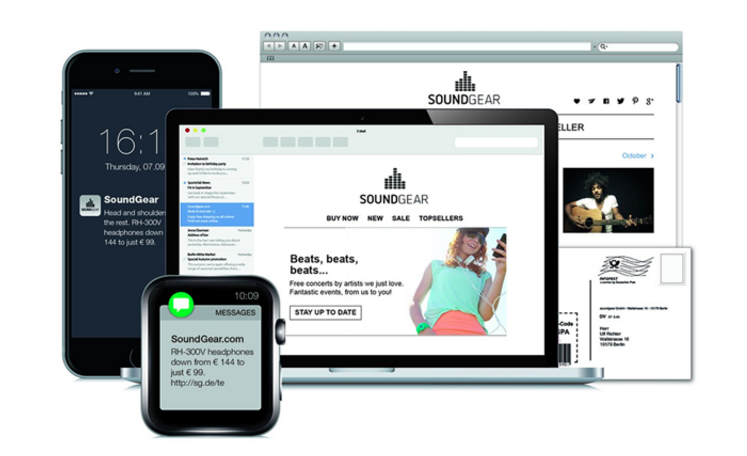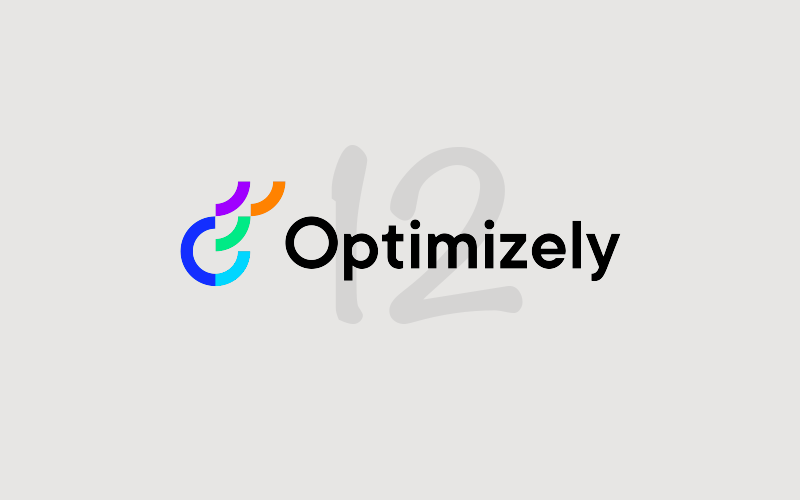CMS Terminology: Omnichannel, Machine Learning, and More
Chris Osterhout SVP of Strategy#Digital Marketing, #CMS

We look at how CMS features like omnichannel, machine learning, and autonomous personalization can bring new power to your digital strategy.
At Diagram, we strive to stay on the cutting edge of Content Management System (CMS) technology, ensuring that we can help our clients take advantage of the latest and greatest tools in their digital strategy. In recent months, we’ve watched in excitement at Episerver has acquired new systems that add features like autonomous personalization and omnichannel campaign management to their platform. But what exactly does this mean?
Sometimes, it’s a good idea to take a step back and make sure everyone understands exactly what we’re talking about when we describe these new functionalities and feature sets. So, let’s add some clarity by looking at a few of these terms and what we mean when we talk about them:
Omnichannel
In today’s digital world, companies and their customers use a wide variety of methods to connect with each other. We’ve discussed the need to move beyond multichannel communication into an all-encompassing omnichannel philosophy before, but in the years since that blog was written, it has become even more important to interlink online and offline channels to provide the best possible experience for your customers.
Implementing an omnichannel strategy means presenting consistent messaging to your customers across a wide variety of touch points, including the web, email, print, mobile push notifications, SMS, fax, and more. Doing so will ensure that you’re always there to present the right message to people when they need it.

Machine Learning
As computers continue to grow more and more powerful, they are also becoming smarter, providing their users with new capabilities. One of these powerful capabilities is Machine Learning, a type of Artificial Intelligence (AI) that provides digital systems with the ability to uncover new data-based insights without explicitly being told to do so. Systems which use machine learning are able to change and grow when exposed to new data points.
What does this mean for your digital strategy? If your Marketing Automation Platform (MAP) utilizes machine learning, it can add value based on your existing data. For instance, when you create a new marketing campaign, it will be able to predictively tell you how this campaign will perform based on your previous campaigns. And at the same time, it can dig a little deeper and point out any gaps in your campaign strategy based on the information it has already learned.
By bringing the powerful intelligence of today’s cloud-based computing systems to your digital strategy, machine learning can give you new awareness of potential ways to connect with your customers and uncover any unknown areas in which your methods can be improved.
Autonomous Personalization
We regularly talk about the importance of personalization here on the Diagram blog, and today’s powerful systems have made the process of creating personalized content easier and more powerful than ever through Autonomous Personalization. This process is fueled by analytics and machine learning to create a contextualized user experience without the need for manual configuration.
Autonomous personalization can utilize real time predictive and adaptive analytics that apply machine learning to big data. With this intelligence, your site can reshuffle the products visible to users, manifest specific calls-to-action (CTAs), provide personalized product recommendations, surface relevant content, create individualized landing pages, utilize predictive reordering patterns, update content listings on the home page in real time, provide predictive click stream tracking, and much more.
That might sound like a bunch of tech-speak, but essentially, autonomous personalization can present individualized content and product selection to customers across multiple channels without the need for complex configurations. With this type of power at your fingertips, you can ensure that each individual customer will see the right message at the right time, allowing you to achieve the best possible ROI for your digital strategy.
It’s Not Magic!
With all these powerful capabilities, organizations have more opportunities than ever to connect with their customers online. However, you shouldn’t assume that you can simply push a button and immediately receive positive results. In order to make the most of these new technologies, you need a strategy and a partner to help you implement it. If you’re looking for someone to help you get started, we’re here to help! Please contact us, and we’ll work with you to plan a digital strategy that utilizes these tools to provide the most value for you and your customers. We look forward to helping you achieve success online!
Related Posts
![3 CMS Platform Migration Considerations [Mini Episode]](https://www.wearediagram.com/hubfs/Diagram-Views-Unfiltered-Transparent-BG-All-Black%20small.png)
3 CMS Platform Migration Considerations [Mini Episode]
Diagram's Chris Osterhout shares three essential tips that your organization should consider when moving to another CMS platform.

Navigating an Optimizely CMS 12 Upgrade
Learn why an Optimizely CMS 12 upgrade needs detailed planning, efficient resource allocation, and an understanding of your organization's capabilities.
Results Matter.
We design creative digital solutions that grow your business, strengthen your brand and engage your audience. Our team blends creativity with insights, analytics and technology to deliver beauty, function, accessibility and most of all, ROI. Do you have a project you want to discuss?
Like what you read?
Subscribe to our blog "Diagram Views" for the latest trends in web design, inbound marketing and mobile strategy.
